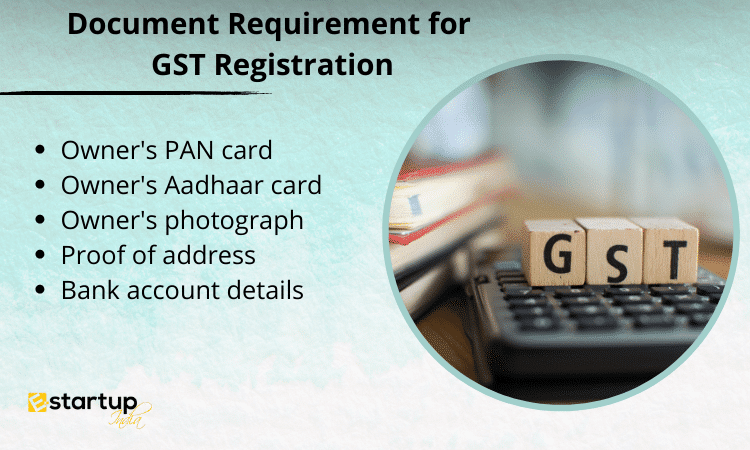Online shopping platforms like Flipkart and Amazon have fueled the growth of e-commerce in recent years. When it comes to selling goods online in India, Flipkart is one of the most popular web retailers in the country. As of now, Flipkart handles more than 5 million packages a month and receives an aggregate of more than 80 million page views every day. As a result, everyone interested in becoming a Flipkart vendor has a tremendous opportunity. If you also want to sell on flipkart, you must know about certain things. In this article, you will get to know all about GST Registration for Online Sellers at flipkart and Flipkart Seller Registration.

Do you need GST Registration to sell on Flipkart?
Yes is the answer to this question.
GST Registration is a must for digital business of your items on flipkart. In fact, to create a flipkart seller account, you will need to specify your GSTIN which you get only after successful GST Registration in India.
Important Note: Selling products online does not necessitate any specific registration. If you already have a GSTIN, you don’t need to re-register. Additionally, there is no need to notify the registrar of any change in registration.
GST Return Filing for Sellers on Flipkart
The rules for filing GST returns by online merchants are the same as those that apply to offline merchants.
GST Return Filing is mandatory for sellers on flipkart even if there are zero transactions. There are additional penalties for failing to file a tax return, even if it is a “NIL.”
Who is Responsible For GST Payments on Flipkart?
Who is responsible for paying GST is a common concern among first-time sellers. Either flipkart or the person selling on its platform. If a seller makes a transaction, he or she is responsible for paying GST on that sale.
Essentially, the notion is that the vendor is directly selling to the customer. Flipkart only acts as a middleman to collect commissions. To put it another way, Flipkart isn’t responsible for paying the GST.
Input Claims and Commissions on Flipkart
Commission is charged by Flipkart to the seller who wish to offer their goods there. The proportion varies depending on the numerous factors and product.
Generally, An 18% GST charge on the commission must be made by the platform, and the seller can claim the resulting input tax credit for the GST.
Payment for shipping, advertising, and other services is also invoiced by Flipkart. You can claim credit for all of these costs.
Invoicing the Customer on Flipkart
As previously stated, the vendor is directly delivering the product to the client. Because of this, the seller must provide the customer with a GST invoice that includes information such as the customer’s GSTIN, the customer’s name, address, the product specifications, the quantity price, and the GST amount.
Flipkart allows customers to produce invoices straight from their platform. Just print the invoice and mail it along with the goods, and you’re done.
You can also use other invoicing platforms such as InstaBill to effectively generate invoices.
Conclusion
The company can begin selling its products on the Flipkart platform after supplying the aforementioned data, registrations, and documentation. Upon completing Flipkart seller registration requirements, a firm may open a storefront and begin selling items on Flipkart. Additionally, you must comply with all e-commerce tax regulations after registering with Flipkart.
Moreover, If you want any other guidance relating to GST Registration for Online Sellers at Flipkart, please feel free to talk to our business advisors at 8881-069-069.
Download E-Startup Mobile App and Never miss the latest updates narrating to your business.
